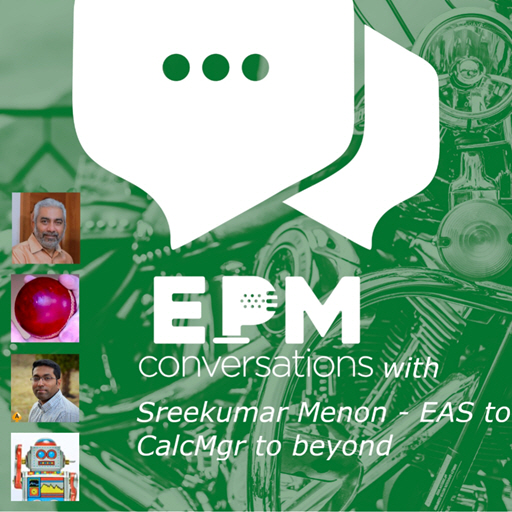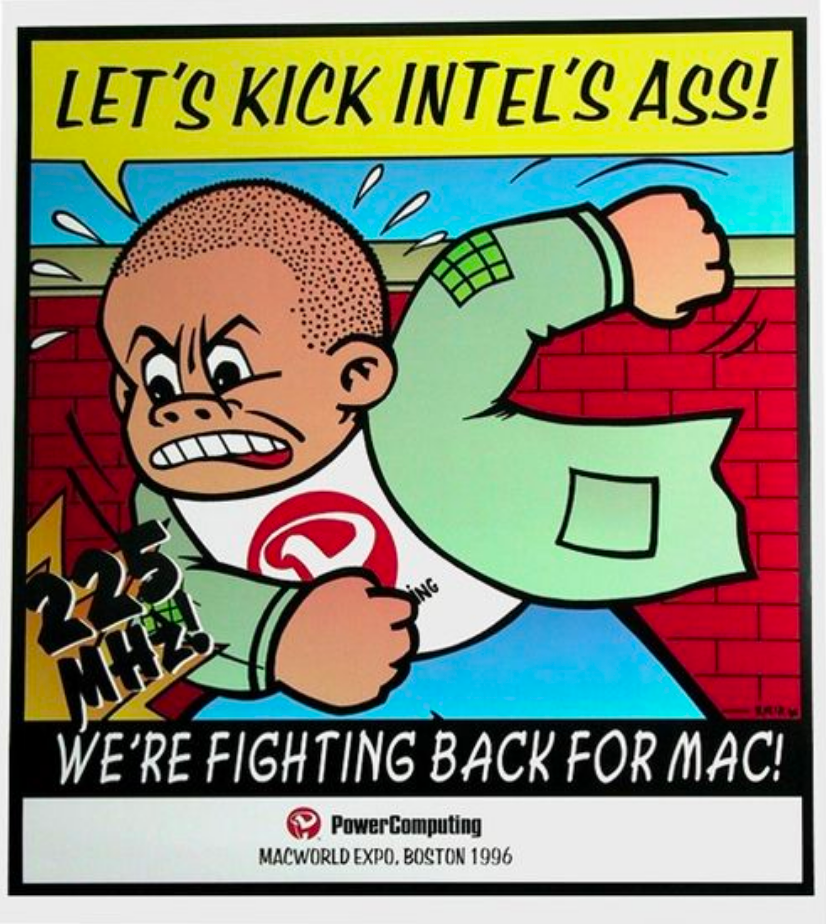Sree Menon, The Calc Man
Many years ago (just over 10!), Yr. Obt. Svt. wrote a blog post on why he Hated and Loved Calculation Manager. I even did it twice. I am – oft times, still, it continues unabated – a complete smartass who pays little heed to what he says and writes and this was most definitely one of those times. These posts were a continuation of not altogether terrifically awesome judgement as they were an expansion of a similarly-snarky two parter on Hyperion Business Rules. 2009? 2012? My, but the time does fly.
So that’s four snide technical blog posts on two closely related Oracle products. As is typical and as has been noted, I performed zero thought on any potential consequences that might arise from click-bait (was that even a term in 2009?) titles: Oracle could have gotten annoyed and come down on my head with a bag of hammers or they could have ignored it and hoped that no one read my posts or they could have read it, realized that (somehow) there was a little value in it and reached out to me so that in future my posts on this






